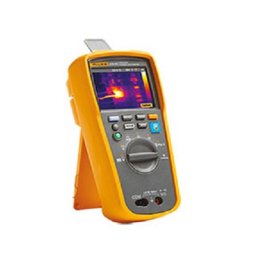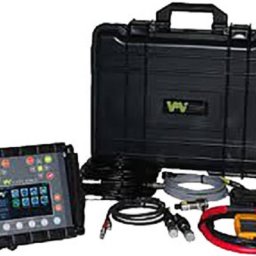Industrial equipment is a major investment for any company to make. Keeping that equipment up and running is critical. Establishing and following a careful maintenance program is essential for this process. However, condition monitoring must also be part of the program. Without this kind of observation, critical clues could be missed and unexpected repairs could bring the equipment to a halt.
What is condition monitoring of industrial equipment?
Every piece of industrial equipment performs in a specific way and uses a certain amount of energy. These products also vibrate at a certain frequency. Industrial equipment goes through certain substances, like lubricating oil, at a certain rate. If any of these factors change, it could be a sign of a pending breakdown.
Condition monitoring looks at the key conditions that indicate how well a given piece of equipment is working. Some examples of this kind of monitoring include oil analysis, vibration monitoring, or acoustic emissions testing. The exact factors involved with condition monitoring will vary from one piece of equipment to another.
Why is condition monitoring as important as routine maintenance?
A routine maintenance schedule is critical for the long-term productivity of most industrial equipment. However, doing certain maintenance routines too often can actually shorten the useful life of some equipment. Plus, doing maintenance too often means more downtime and additional cost.
This is where condition monitoring comes into play. Closely observing the condition of industrial equipment can indicate when maintenance should be performed.
For example, let’s say a piece of equipment needs to have its oil changed on a regular basis. One option would be to stop production every X number of hours and then change the oil. The other option is to monitor the existing oil in the system for signs the change is needed. These signs might include a change in viscosity or minute particles of certain substances being present. Only when those changes are seen is the oil change done. In most cases, this practice extends the time between maintenance shutdowns, minimizing downtime while ensuring the equipment is properly cared for.
Are there other advantages to condition monitoring of industrial equipment?
One big advantage that condition monitoring offers is the ability to get to know the equipment better. Every piece of machinery, even those that come off the same assembly line used for the same purpose, has its quirks. Close observation helps plant engineers get to know the unique quirks of the equipment. Condition monitoring helps them make more informed decisions about performance optimization and maintenance needs.
Condition monitoring also helps engineers know when a major problem may be brewing. Vibrational analysis is a good example of this process. Let’s say a certain piece of equipment usually vibrates at a given frequency. If that frequency starts to vary, or changes substantially, it could mean something inside the machine is starting to fail or needs to be replaced. Condition monitoring allows engineers to anticipate a potential failure and take action. It is better to be down for a short time to replace a worn part than to have a failure that requires an unknown amount of downtime.
Condition monitoring helps save money, time, and resources. While there is cost involved with monitoring, it is usually minimal compared to the downtime associated with doing maintenance too often or making unexpected repairs.
If you need help with condition monitoring of your industrial equipment, contact us. We offer a variety of industrial services for your specific needs. Give us a call at +98 21 7724 0431 or Contact Us by email to learn more.







